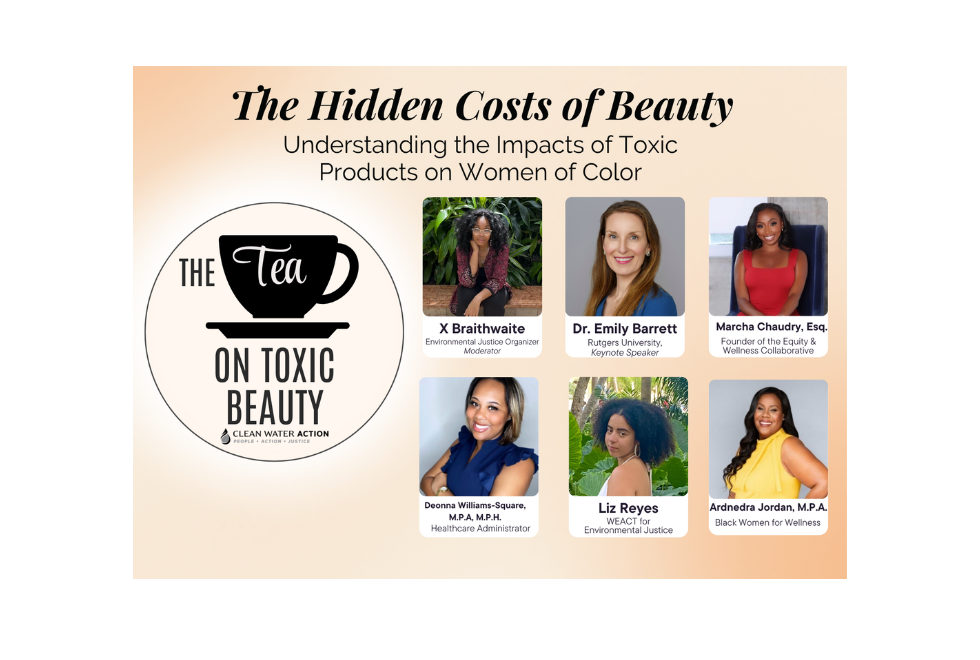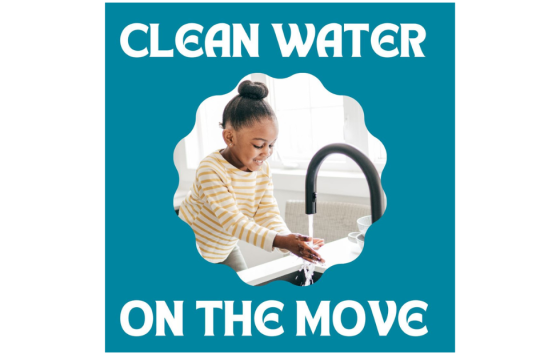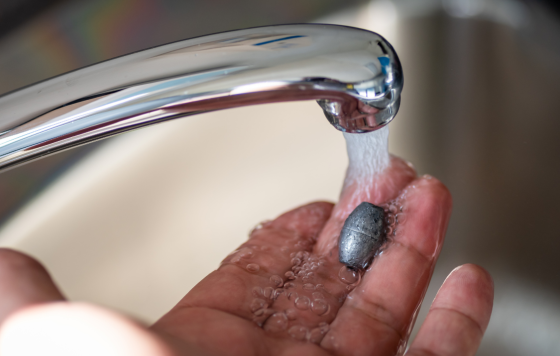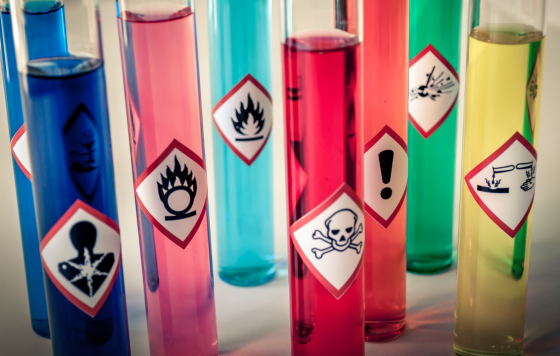
The beauty industry generates billions of dollars annually, but behind its glossy advertisements and promises of transformation lies a darker reality: the disproportionate exposure of women of color to toxic chemicals in personal care products. On February 3, 2025, Clean Water Action hosted The Hidden Costs of Beauty webinar to uncover the environmental and health impacts of beauty products marketed to Black women and other communities of color. This discussion brought together advocates, researchers, and community members to explore the intersections of beauty, health, and justice—and, more importantly, to chart a path forward.
Unpacking Beauty Justice
"Our hope here is to really uncover some truths about the beauty industry while also envisioning a future where beauty uplifts us instead of compromising our health," said X Braithwaite, the event’s facilitator and Environmental Justice Organizer at Clean Water Action.
Our Speakers
- Dr. Emily Barrett, PhD – Professor at Rutgers School of Public Health specializing in the early life origins of health and disease. Her research explores how everyday chemicals impact health, linking exposures to pregnancy complications, child development, and health disparities.
- Arnedra Jordan, MPA – Professor and Project Manager at Black Women for Wellness, where she leads initiatives on breast health, beauty justice, and environmental policy. With over 15 years of experience in advocacy and public health, she works to empower Black women by addressing toxic exposures in personal care products.
- Liz Reyez – Toxics Policy Campaigns Coordinator at WE ACT for Environmental Justice. Her work is dedicated to advancing legislation that protects communities from harmful chemicals in consumer products.
- Marcha Chaudry, Esq. – Attorney and founder of the Equity & Wellness Collaborative. With over 15 years of experience in nonprofit leadership and public policy, she specializes in cosmetic regulations and women’s health, advocating for safer, more equitable beauty industry practices.
- Deonna Williams-Square, MPA, MPH – Public health advocate with expertise in healthcare administration and environmental health.
The Science Behind the Harm
Keynote speaker Dr. Emily Barrett, a professor at Rutgers School of Public Health, provided a data-driven perspective on the links between toxic beauty products and health outcomes. "The average person is exposed to hundreds of chemicals daily through personal care products," she explained. Her research has found alarming correlations, including a 60% higher risk of breast cancer among Black women who use hair dyes marketed to them.
Other studies have linked chemical exposure to increased risks of preterm birth, fibroids, and hormone disruption. “Black women are three times more likely to be diagnosed with aggressive breast cancer,” noted Dr. Barrett. These disparities are not coincidental—they are the result of systemic inequities embedded within the beauty industry and regulatory frameworks.
Beauty Justice is more than a consumer issue—it’s a systemic problem. Many beauty products marketed to Black women contain endocrine disruptors, carcinogens, and other harmful chemicals that contribute to serious health disparities. As Arnedra Jordan noted, “Women from marginalized communities are overexposed and under protected. We have the worst chemicals in our products, and we use them the most."
How Eurocentric Beauty Standards Shape Consumer Behavior
Beyond the science, the discussion examined how beauty norms rooted in white supremacy drive consumer behavior. "Companies play on our insecurities and societal pressures," Arnedra emphasized, “We’re told that straighter hair, lighter skin, and a certain aesthetic are more professional, more desirable. So, we internalize that and seek out these harmful products.”
The marketing tactics of beauty corporations disproportionately target Black women, making harmful products appear essential rather than optional. Studies show that stores in predominantly Black and low-income communities are twice as likely to carry hazardous beauty products compared to wealthier areas. These inequities reinforce cycles of harm while limiting access to safer alternatives.
Policy, Advocacy & the Fight for Change
Regulation of the beauty industry has been woefully inadequate. The U.S. has banned only 11 toxic chemicals in cosmetics, while the European Union bans over 2,400. Marcha Chaudry noted that though the Modernization of Cosmetic Regulations Act (MoCRA) was a step forward, it does not require the U.S. Food and Drug Administration (FDA) to pre-approve personal care products before they hit the market.
"If the products we use daily had warning labels like cigarettes, more people would think twice before buying them," Arnedra pointed out. Advocacy organizations, including We Act for Environmental Justice, Black Women for Wellness, and Breast Cancer Prevention Partners, have been instrumental in pushing for stronger policies. These groups played a critical role in passing MoCRA, but more work is needed to protect consumers.
Taking Action: What Can You Do?
The webinar concluded with a powerful call to action:
- Educate yourself and others – Use apps like Yuka, Clearya, and the Environmental Working Group’s Skin Deep Database to check product safety.
- Advocate for legislative change – Support NJ bills like the Protecting Against Forever Chemicals Act (S142/A1421), which seeks to remove PFAS from beauty and personal care products.
- Join community-led efforts – Groups like Clean Water Action’s Beauty with Impact Working Group and We Act’s Beauty Justice Coalition are organizing for systemic change.
- Make informed choices when possible – Utilize the Non-Toxic Black Beauty Database to find safer alternatives.
"We can’t just tell people to throw out all their products," said Liz Reyez, “We need to create systemic change that makes safe beauty the norm, not the luxury.”
Final Thoughts
The conversation around beauty justice is not just about personal choice—it’s about holding industries and policymakers accountable for protecting our health. As this movement grows, it is crucial to continue elevating the voices of those most impacted and demanding safer, more equitable standards in the beauty industry.
For those looking to stay involved, Clean Water Action is rolling out a Beauty with Impact Working Group to build coalitions, push for legislative action, and amplify community stories. If you’re ready to take the next step in the fight for beauty justice, now is the time to get involved.
Want to learn more? Visit the Tea on Toxic Beauty page for updates, resources, and ways to take action!


